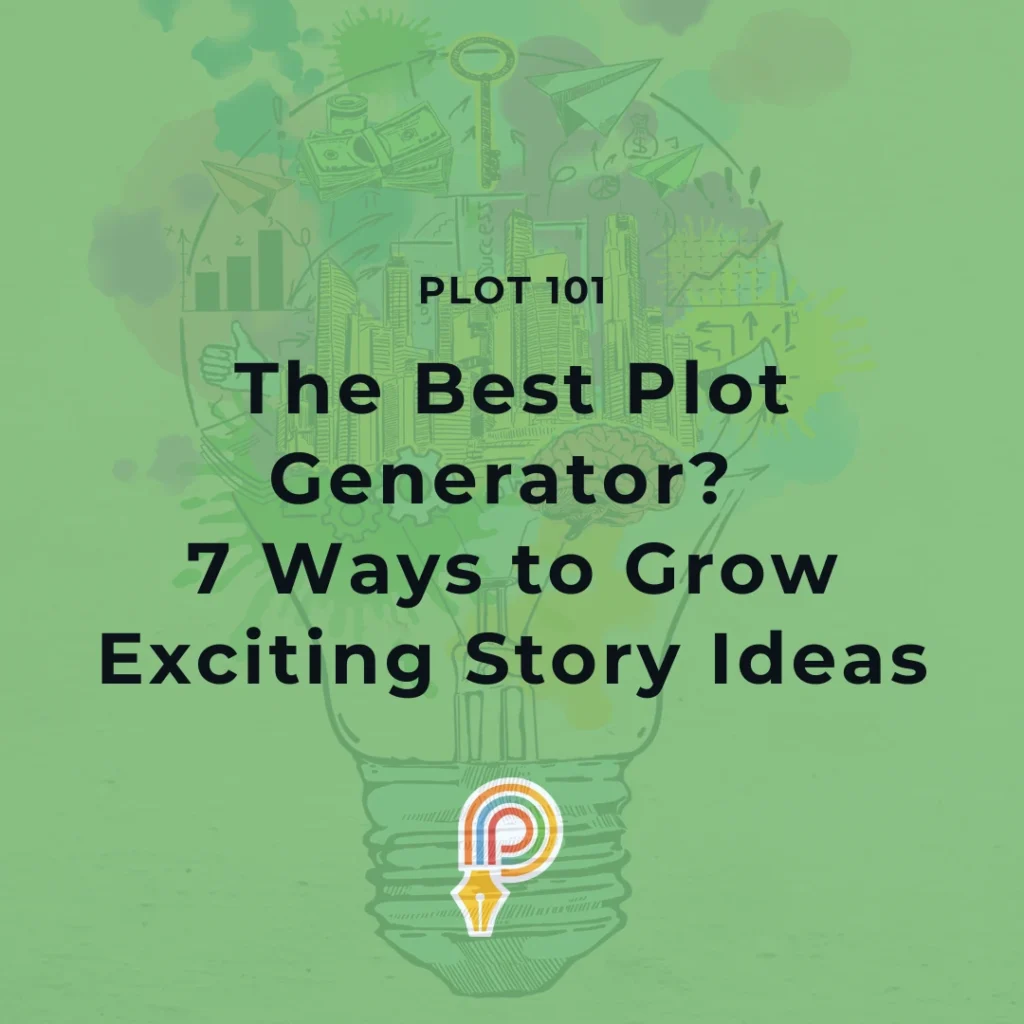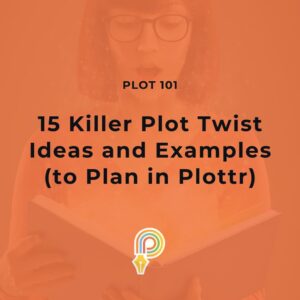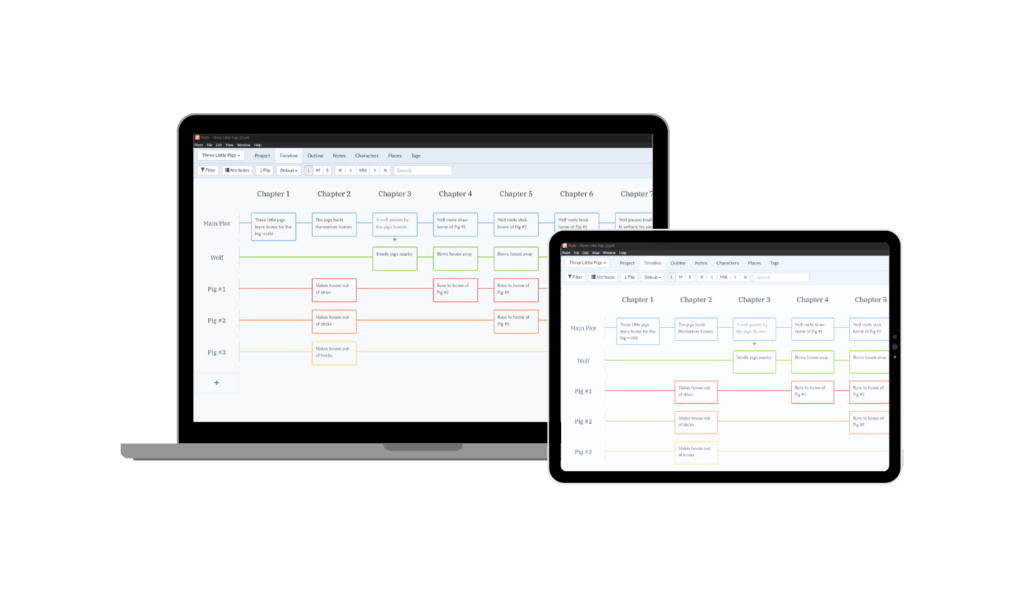Looking for a plot generator that does more than churn out the same tired “You are a wizard in a tavern…”? Here’s the truth: the best plot generator is you, plus a few tools to help your imagination soar. Brainstorming a brand-new novel, or stuck in the messy middle? Here are seven methods that beat random plot machines every time.
Use AI Prompts the Smart Way
AI can be a decent plot generator. A brainstorming partner, at least. Yet it’s vital to ask clear, precise questions. Vague prompts lead to vague stories.
Remember to edit and improve any output and give it your stamp. And to take what you like and leave what you don’t.
Ask Better Questions, Get Better Plots
Compare these prompts:
1) “Hey Chat, give me a fantasy story idea.”
2) “Here are 20 bestselling loglines. Note how they tease drama or mystery. Use the same structure to give me 10 fantasy ideas set in a kingdom on the brink of war.”
Guess which one gives stronger results? The second works better because it’s specific and borrows the hooky format of great storytelling.
Try it using a prompt-based AI tool like ChatGPT or Claude and see what sparks.
Example Prompt to Generate Plot Ideas
Try this prompt:
“Give me 10 [genre goes here] story ideas set in [location goes here] where [situation goes here]. Mimic the structure of these bestselling book loglines to create story ideas that tease drama, mystery or plot points that will need resolution.”
Upload a list of loglines you like from a source like Hawes Publication’s archive of NYT bestsellers with the above prompt into ChatGPT, Claude or another LLM. This additional data will help refine your output further.
Example result:
Using the fantasy genre, “a kingdom on the brink of war” as the setting and “mistaken identity” for the situation, we got:
“A deserter steals a noble’s armor to escape — only to be mistaken for a legendary general and given command of the kingdom’s failing army.”
You could also fine-tune this result further.
Use Plottr Templates to Spark What-Ifs
Plottr templates won’t write your book for you, but they will help you shape one.
Open a template like the 12 Step Mystery Formula. As you look at each placeholder, ask yourself: “What if?”
Create a plotline in a new Plottr project labeled “What if.” Add one question per card. Before long, you’ve got a dozen exciting directions your story could take.

One big bonus: Seeing it laid out helps you spot holes before you start writing.
Ask the 5 W’s — The OG Plot Generator
Asking Who, What, Why, Where, and When is still one of the fastest ways to grow a great story idea. Let’s say you want to write a mystery starring an incompetent detective. Try this:
- Who helps them solve the case? Maybe a smarter sidekick.
- What secret skill do they hide? Maybe they’re brilliant at reading lips.
- Why are they such a mess? Maybe they jump to conclusions too fast.
- Where do they first mess up? What place exposes their blind spot?
- When do they finally connect the dots? What forces them to grow?
Apply 5 W questions to any character, plot point, or place and you’ll find new angles fast.
Use Games of Chance to Break Patterns
Chance is a fantastic plot generator. It’s easy to slip into habits and patterns in the way we think. Chance puts a stop to that. It helps you break your habits with randomness.
Here’s how:
- Open a book to a random page. Point to a sentence blind. Use it as a prompt.
Example: From Love by Toni Morrison: “The clincher came from the girls.” (p. 115)
If it’s ambiguous like that, all the better. Now you’ve got story seed. What if we tried to find a romance story idea from this line? A ‘clincher’ is ‘a fact, argument, or event that settles a matter conclusively’ (Oxford Dictionary).
What about this: “Two teenaged sisters try to end their widowed mother’s mourning with a matchmaking scheme… that spirals out of control.”
Try this in Plottr:
Make a “Random Lines” plotline in Timeline view. Add one sentence chosen at random from a book per scene card. Then create a second plotline for “What If” ideas inspired by those lines. You could stack multiple ideas per phrase or sentence. Color-code your favorites to develop further.
Find a Plot Premise, then Flip it
A fifth way to generate plot ideas is to turn tropes or common ideas on their head. Write a story about a ‘chosen one’ who really doesn’t want the job. Or a hero turns out to be the villain.
This is fun to do with the loglines you found in the first exercise above. For example, the logline for Liz Moore’s The God of the Woods reads: “When a 13-year-old girl disappears from an Adirondack summer camp in 1975, secrets kept by the Van Laar family emerge.”
You could flip this premise and write: “An entire family disappears, and only a teenaged girl knows the secrets that led to it.” You can alter ideas you find this way further to make them even more your own.
Borrow from History, then Twist It
History is full of dramatic events and surprising turns. Websites such as onthisday.com share historical events that took place on each day of the year.
Here’s an example of something that happened in April:
“In 1956: Elvis Presley’s first hit record, “Heartbreak Hotel,” reaches #1” (April 21)
Example Idea: ‘An Elvis impersonator has their heart broken while working nights at a hotel, leading them to retire their sideburns and spangled outfits for good and start a new life.’
Start with a Story Location
Instead of generating plot ideas from characters and scenarios, try starting with a place. This could be a bank, a record store, a lagoon, a mountain monastery, a crowded rave or nightclub.
Ask questions to generate plot ideas, such as:
- What secrets does this place hold?
- What is the most surprising or shocking thing that ever happened here?
- What’s the funniest thing that ever happened here?
- Who are the most important or powerful people here? Why?
- Who has the least power here? Why?
- What alarming thing might you overhear or witness here?
Brainstorm a list of questions you can use to generate plot ideas based on places. Save them as Notes in a Plottr file that you use to brainstorm ideas. That way, you can build your own template you return to whenever you want a spark of inspiration.
Generate and Grow Stronger Plot Ideas
Ready to brainstorm and develop story ideas that you can’t wait to develop? Try Plottr free for 30 days and use it to find ideas, brainstorm “What if?” scene cards and timelines, and plot anything you can imagine.







Comments